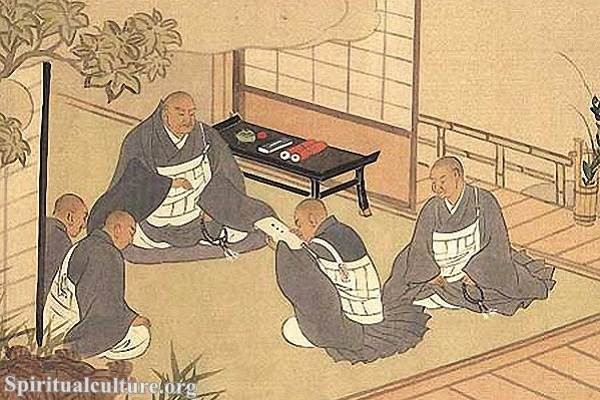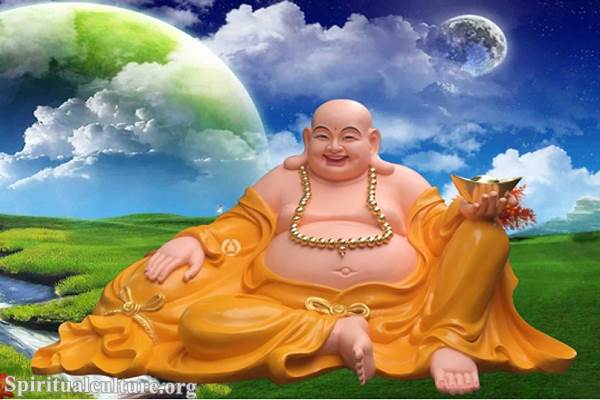What is the Lotus Sutra?
The Lotus Sutra, also known as the Saddharma Pundarika Sutra, is one of the most important and influential sutras in Mahayana Buddhism. It is believed to have been written in India around the 1st or 2nd century CE and is considered one of the longest Buddhist sutras, with 28 chapters.
It’s believed to be a discourse given by the Buddha towards the end of his life, in which he teaches the true nature of reality and the path to enlightenment.
The main themes of the Lotus Sutra
The Lotus Sutra is a Buddhist scripture that contains a wide range of teachings and stories, but its central message is the idea that all beings have the potential to attain enlightenment and become a Buddha.
One of the main themes of the Lotus Sutra is the concept of “One Vehicle,” which suggests that all paths in Buddhism ultimately lead to the same goal of enlightenment and that the Buddha’s teachings are intended for all beings, not just for a select few. This idea emphasizes the universality of the Buddhist path and the idea that anyone can attain enlightenment, regardless of their background or circumstances.
Another central theme of the Lotus Sutra is the concept of “Skillful Means,” which asserts that the Buddha used different teachings and methods to reach people with different capacities and to ultimately guide all beings to the truth. The sutra includes a number of parables and stories that illustrate the concept of skillful means, such as the parable of the burning house, which is meant to teach the importance of adapting one’s teaching to the capacity of the audience.

The Lotus Sutra features a number of parables and stories, such as the parable of the burning house, which is meant to illustrate the concept of skillful means and the importance of adapting one’s teaching to the capacity of the audience. The Lotus Sutra also includes the famous “Chapter on the Lotus Flower of the Wonderful Law,” which is often regarded as the sutra’s central message and is often recited or chanted in Buddhist communities.
The Lotus Sutra also teaches the idea of the “Eternal Buddha,” which suggests that the Buddha is not just a historical figure, but is eternal and present in all things, at all times. This idea emphasizes the idea that the Buddha’s teachings are not limited to a specific time or place, but are always available to those who seek them.
Overall, the Lotus Sutra is a complex and multi-layered text that contains a wide range of teachings on the nature of reality, the path to enlightenment, and the role of the Buddha in guiding beings to the truth.
Lotus Sutra meaning
The Lotus Sutra continues to be an important text for Buddhists and is widely studied and revered for its teachings on the nature of reality and the path to enlightenment, and its teachings continue to influence and inspire Buddhists today.
The Lotus Sutra has also had a significant influence on Chinese, Japanese, and Korean Buddhism and has inspired a wide range of cultural and artistic expressions, including literature, poetry, calligraphy, and visual arts.





